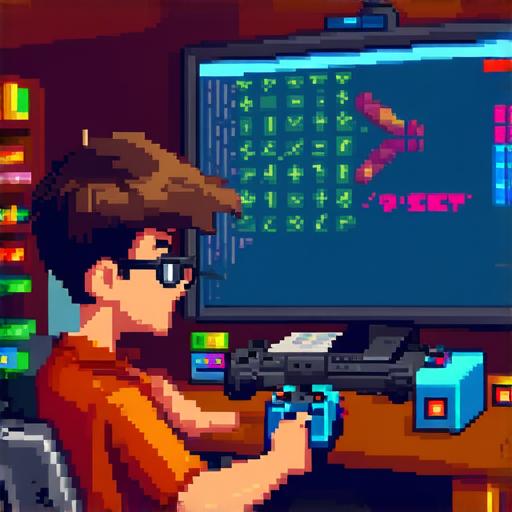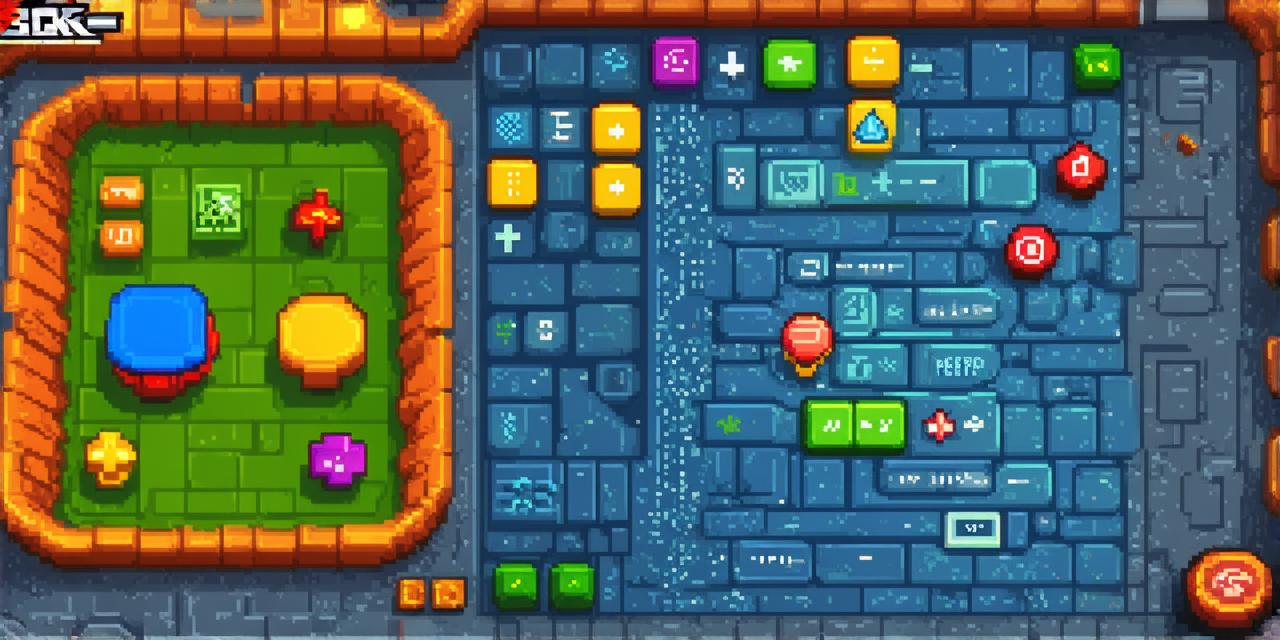Are you a kid who wants to create your own video game? Do you want to unleash your creativity and learn new skills at the same time? Look no further! In this article, we’ll take you through the steps to create your very own video game. We’ll cover everything from brainstorming ideas to coding and testing your game. By the end of this article, you’ll have a solid understanding of how to create a fun and engaging video game.
Step 1: Brainstorm Ideas
The first step in creating a video game is to come up with an idea. This could be anything from a simple platformer to a complex strategy game. The key is to think outside the box and come up with something unique and interesting. Once you have an idea, it’s time to start fleshing it out.
One way to do this is to create a mind map. A mind map is a visual representation of your ideas, where you can connect different concepts and brainstorm new ideas. This can be done on paper or using a computer program like MindMeister or XMind.
Another way to brainstorm ideas is to play other video games and take notes on what you like and don’t like about them. You can also watch game development videos and read articles about game design to get inspired.
Step 2: Choose Your Game Engine
The next step is to choose a game engine. A game engine is a software program that provides all the tools you need to create a video game. There are many different game engines available, each with their own features and capabilities. Some popular game engines include Unity, Unreal Engine, and Godot.
When choosing a game engine, it’s important to consider your experience level and the type of game you want to create. If you’re new to game development, Unity or Godot might be a good choice because they have user-friendly interfaces and plenty of documentation and tutorials. On the other hand, if you want more control over your game’s graphics and physics, Unreal Engine might be a better choice.
Step 3: Create Your Game World
Once you’ve chosen your game engine, it’s time to start creating your game world. This involves designing the environment where your game will take place. This could include things like buildings, landscapes, and characters.
There are many different ways to create a game world, depending on your preferred method of working. Some people prefer to use 3D modeling software like Blender or Maya to create their game world, while others prefer to use tile-based editors like Stencyl or Tiled.
It’s also important to think about the rules and mechanics of your game. This includes things like how players move, what they can interact with, and how they win or lose. You can use flowcharts or pseudocode to help you visualize these rules and ensure that everything makes sense.
Step 4: Write Your Game Code
Once you’ve designed your game world, it’s time to start writing the code that will bring your game to life. This involves creating scripts that control how your game works. These scripts can be written in a variety of programming languages depending on your game engine. Some common programming languages used in game development include C, JavaScript, and Python.

When writing your game code, it’s important to break things down into small, manageable tasks. This will make it easier to debug and test your code as you go along. It’s also a good idea to comment your code so that other people can understand what it does.
